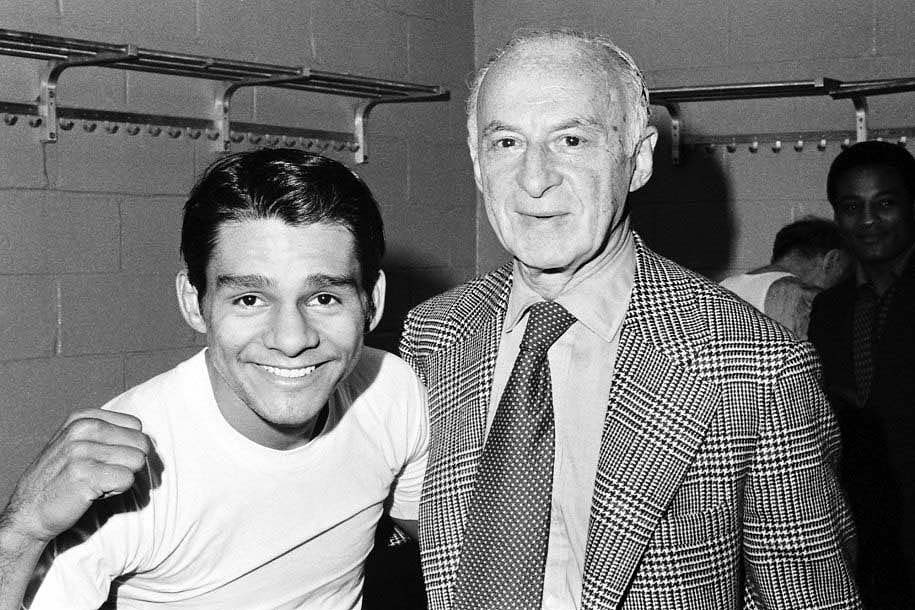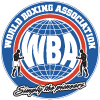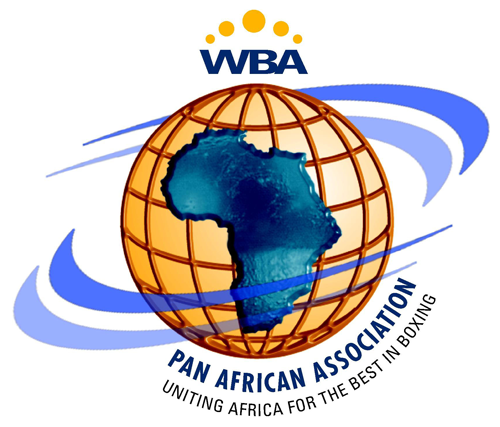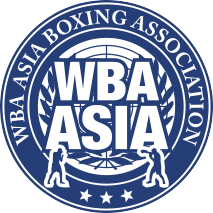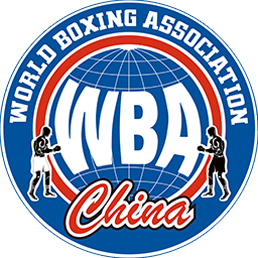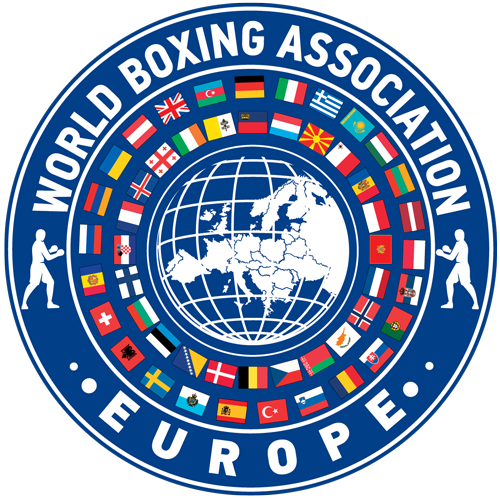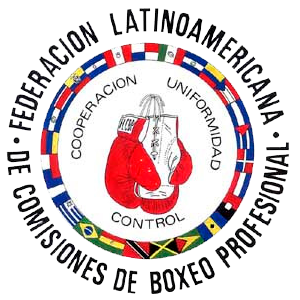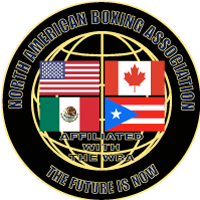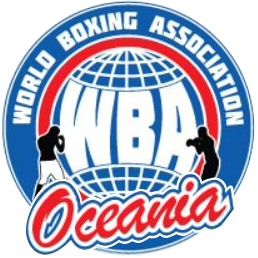
“I am not God—but I am something similar.”—Roberto Durán
This could be called the Year of Roberto Durán. “Hands of Stone,” the biopic which explores his tempestuous but productive relationship with Hall of Fame trainer Ray Arcel, is currently in theaters nationwide. And as a follow-up, “Manos de Piedra” has an autobiography titled “I Am Durán” which will be released on September 20.
As befits a former champion and one of the greatest lightweights in history, Durán, whose wild and crazy life is the stuff of legend, doesn’t pull his punches in the book.
For example, Durán writes about the night in Miami in 1984 when a guy handed him $250,000 to fight Thomas “Hitman” Hearns.
Durán accepted the money and proceeded to party with two women who told him they were lesbians and up for a threesome. Two’s company and three’s a crowd and Durán climbed on top of the wrong woman who, he recalls, “got all angry with me and spoiled what should have been a great way to end the night.”
The “wrong woman” might have gotten angry, but the party went on more or less as planned, for two and half weeks, which was time enough to burn through the cash.
“I had the best time of my life,” writes Durán. “It went on so long that, by the end of it, I’d almost forgotten about the Hearns fight.”
The fight with Hearns eventually took place, on June 15, 1984, at Caesars Palace in Las Vegas, Nevada, and the “Hitman” TKO’d Durán in the second round of a scheduled 12.
“When I hit the canvas in the middle of that first round, what came into my mind was those two lesbians in Miami. I don’t know why but it made me laugh.”
Durán’s revisits his 13th round knockout over Ken Buchanan at Madison Square Garden in 1972 to win the WBA World lightweight title. That win put the new champion on the map. The 21-year-old who fought his way out of El Chorrillo to the top of the world even drew the attention of General Omar Torrijos, Panama’s military ruler, who sent a plane filled with champagne and caviar to help quench Durán’s unquenchable appetite and thirst.
Durán writes about Walla, the pet lion he used to nonchalantly walk on the sidewalks of New York.
He writes about Sylvester Stallone, who wanted Durán for a bit part in “Rocky II.” He and Sly sparred and the Hollywood star got overconfident. Durán knew what he had to do. He punched Stallone and lost the part.
Durán writes about partying. He writes about women. He writes about money, which he burned through like there was no tomorrow. He also writes about the first fight with Sugar Ray Leonard in 1980, the so-called “Brawl in Montreal.”
“All I wanted to do,” he writes, “was defeat the pinup boy of the United States.”
Durán upset Sugar Ray that night, winning a decisive 15-round decision to claim WBC welterweight title. He celebrated by partying.
“I hung out with my low-life friends, who never had any money, as well as the millionaires. Night after night, we partied until everything was just one big haze.”
The party seemed to go on forever.
“It got to the point where I weighed 200 pounds! But I didn’t care,” writes Durán. “There weren’t any more fights to worry about.”
But there were more fights to worry about, specifically a rematch with Leonard five months later, the infamous “No más” fight at the Superdome in New Orleans.
Overweight and out of shape, Durán met Leonard a second time and the second fight couldn’t have been more different than the first.
Leonard was beating Durán. Leonard was taunting Durán. Durán wasn’t himself and wanted out.
Durán denies ever saying “No más,” claiming that phrase was Howard Cosell’s invention.
Be that as it may, the “No Más” fight, ending as it did, had serious ramifications.
The world had turned against Roberto Durán. He was shunned. He was mocked. He was ignored. Even in Panama, the country that months earlier had basked in his glory, they threw rocks at his house.
“What was I supposed to do after beating Leonard in the first fight? Stay at home, go to church every day, not screw around and not drink?
“That’s not who I am.”
Durán fought back. He defeated Davey Moore in 1983 to win the WBA World junior middleweight title, and lost a razor thin decision to reigning and defending unified middleweight champion Marvelous Marvin Hagler five months later.
Summing up his topsy-turvy life and career with a healthy self-regard, Durán writes, “There is only one legend and that’s me.”
This article was penned by the author who is not related to the WBA and the statements, expressions or opinions referenced herein are that of the author alone and not the WBA.


